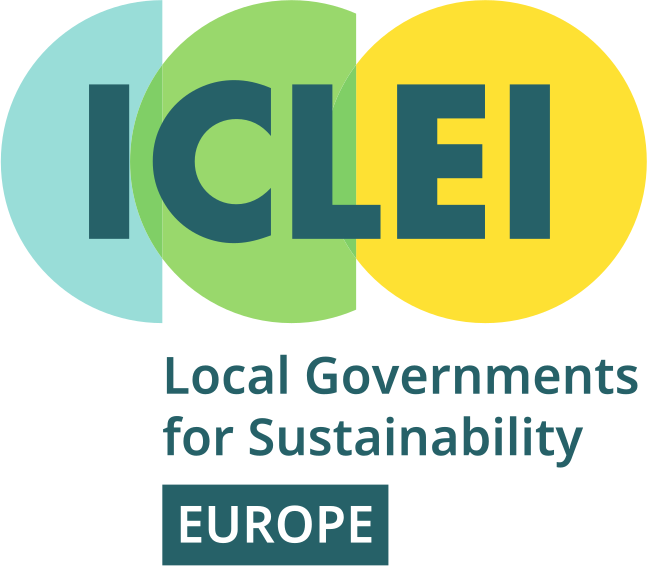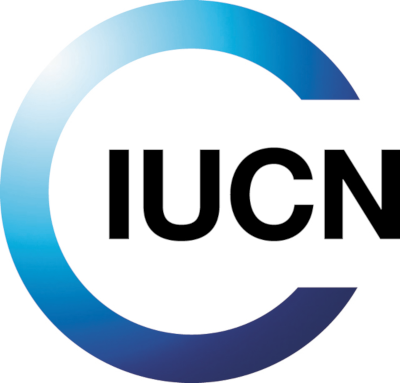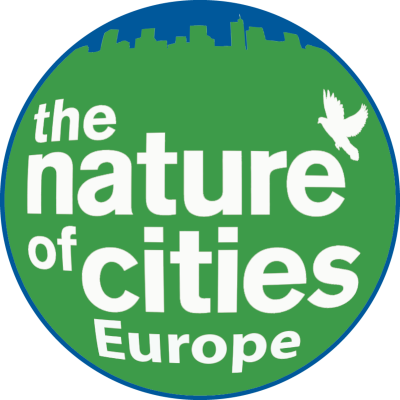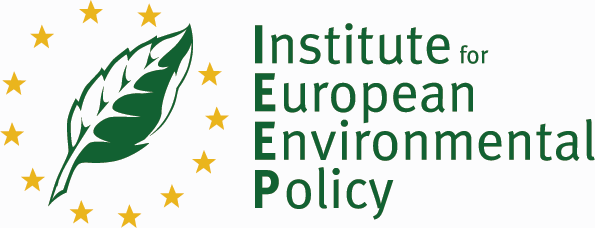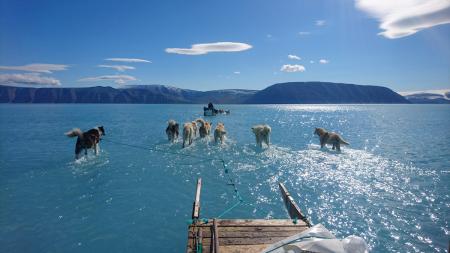
At the launch of the European Environment Agency’s new report Europe’s Environment 2025 – What does it mean for Europe? (2 October, Brussels), speakers highlighted the stark reality that 80% of EU ecosystems are in poor or bad condition, with consequences for health, security, and economic resilience.
Catherine Ganzleben (EEA) presented the report, followed by a panel stressing both the urgency of action and the opportunities for change. Extreme weather has already caused 230,000 deaths and €170 billion in losses since 1980, while circular material use has stagnated since 2010 and Europe’s material footprint remains unsustainable.
Yet solutions exist. The Clean Industrial Deal aims to drive decarbonisation, competitiveness and circularity, public procurement can and should be leveraged to drive transformation in demand and supply, targeted investment (4% of GDP needs to be mobilised, according to the European Commission, with the gap to the filled by private finance), and nature-based solutions, such as river and wetland restoration, were identified as essential for resilience, competitiveness, and equity. Speakers underlined the need for systemic change in business models, financing, and policy to make sustainable choices affordable and to bring human hopes and concerns into the conversation.
The report warns that while negative environmental change is accelerating, positive change must also be sped up. As one panelist quoted David Attenborough: “Is this how our story is due to end? A tale of the smartest species doomed by that all too human characteristic of failing to see the bigger picture in pursuit of short-term goals.”

